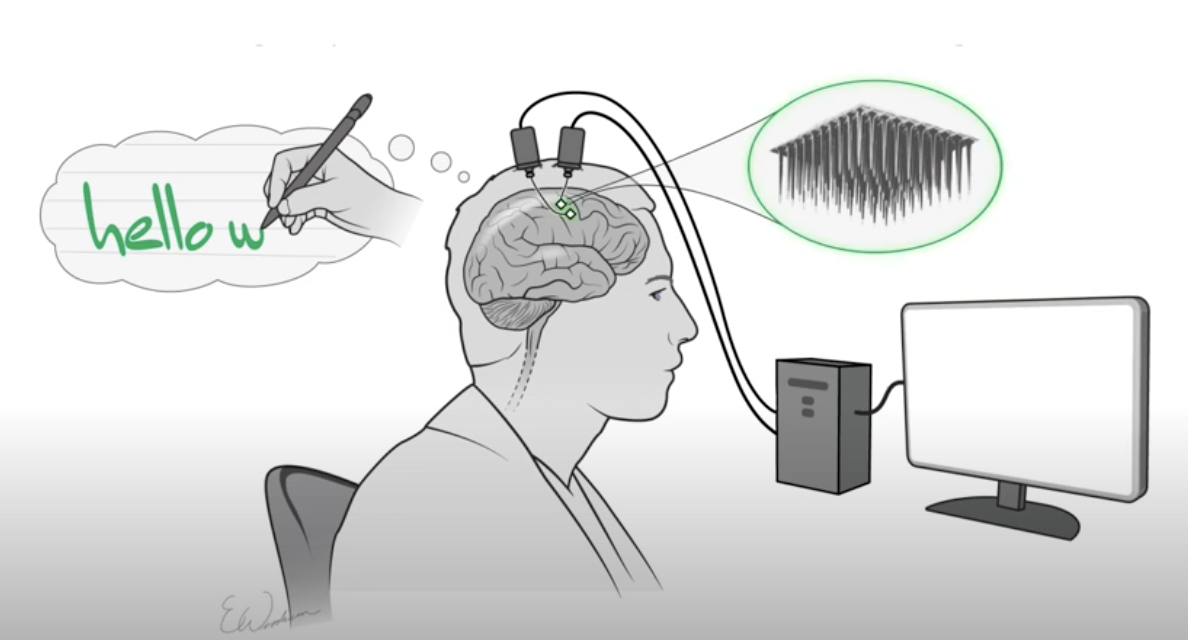Elon Musk's Neuralink has been making waves on the technology side of neural implants, but it hasn't yet shown how we might actually use implants. For now, demonstrating the promise of implants remains in the hands of the academic community.
This week, the academic community provided a rather impressive example of the promise of neural implants. Using an implant, a paralyzed individual managed to type out roughly 90 characters per minute simply by imagining that he was writing those characters out by hand.
Dreaming is doing
Previous attempts at providing typing capabilities to paralyzed people via implants have involved giving subjects a virtual keyboard and letting them maneuver a cursor with their mind. The process is effective but slow, and it requires the user's full attention, as the subject has to track the progress of the cursor and determine when to perform the equivalent of a key press. It also requires the user to spend the time to learn how to control the system.
But there are other possible routes to getting characters out of the brain and onto the page. Somewhere in our writing thought process, we form the intention of using a specific character, and using an implant to track this intention could potentially work. Unfortunately, the process is not especially well understood.
Downstream of that intention, a decision is transmitted to the motor cortex, where it's translated into actions. Again, there's an intent stage, where the motor cortex determines it will form the letter (by typing or writing, for example), which is then translated into the specific muscle motions required to perform the action. These processes are much better understood, and they're what the research team targeted for their new work.



 Loading comments...
Loading comments...
